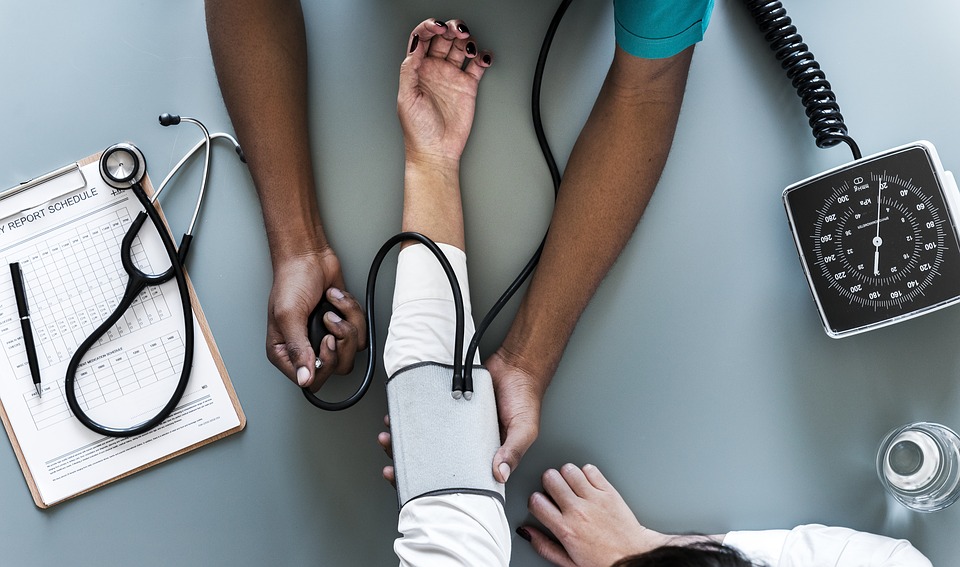According to the statistics revealed by World Health Organisation (WHO), about 3 lakh women lost their lives in 2015 as a result of complications during pregnancy or childbirth. 17% of the total 2.8 lakh maternity deaths worldwide took place in India as per the reports of 2013. What do these figures say about medical advancements all over the world? In reality, one cannot attribute these deaths to negligence on part of the medical community, since the medical facilities provided by the government are not accessible pan India.
India is a country that has been experiencing a major gap between the socio-economic conditions of citizens. It is strongly moving towards extremities, wherein a majority of the country still remains disconnected from the world, and as a result is unable to avail any provisions put in place for their benefit. This has further led to a population explosion in the metropolitan areas, as thousands of people move to the cities in search of a better life or in order to get away from the tentacles of underemployment, a factor that has proliferated unimaginably and yet has hardly been recognized nationally. The question that remains is: How many people are aware of medical services and emergency healthcare provisions made by private organisations as well as the government? Information dissemination about emergency medical care becomes a challenge with regard to Tier 2 and Tier 3 cities, especially because ambulance services self-sustain themselves through a minuscule end-user fee based on the type of ambulance or the choice of hospital made.
Pregnancy is considered to be a critical condition, due to the intricate functioning of the maternal body. These complications may be hard to comprehend when examined externally. Physical signs thus are considered insignificant and therefore often neglected. This causes the medical complexities to further grow unmonitored until they become life-threatening for both the mother and the child.
Many deaths during pregnancy occur within households due to which they usually go unrecorded or unaccounted for. Other women lose their lives while being transported to the hospital. Emergency medical services such as the 102 Ambulance services are of paramount importance so as to tackle the existing situation. The National Health Mission (NHM) aims to reduce the infant and maternal mortality rate by increasing deliveries assisted by skilled birth attendants. Private organisations such as Ziqitza Health Care Limited (ZHL) aid the government so as to provide 102 Ambulance Services in Odisha to pregnant women and newborns. ZHL has served 17,54,019 pregnant women and delivered over 10,000 babies across 17 states. Since the inception of NHM, in Odisha alone the maternal mortality rate (MMR) has reduced 81 points, from 303 (in 2006) to 222 (in 2013). Whereas before NHM, from 1998 till 2006 there was only 64 point decline in MMR during the 8 year span.
102 Ambulance Services provide a team of fully trained professionals on-board. This team of technicians and medical staff is well versed with Basic Life Support (BLS) and Advanced Life Support (ALS) equipment so as to introduce necessary medical aid while the patient is transported to the hospital. Pregnancy can give rise to critical surgical and complex medical emergencies that are enhanced as a result of other diseases. Cardiovascular diseases, diabetes and respiratory health issues may also affect smooth and healthy delivery during pregnancy, which is why the maternal mortality rate has continued to strike terror even in countries such as the U.S., which is supposedly progressive in the field of medical research.
Therefore, a country like India where maternal mortality is skyrocketing and is also going unnoticed, the need of the hour is to create awareness regarding emergency medical services across urban as well as rural sectors. The only solution for this situation is to report such incidents and avail the services such as 102 which are put in place for the citizens. Call 102 Ambulance Services or 108 Ambulance Services when in need of Emergency Medical Care.


